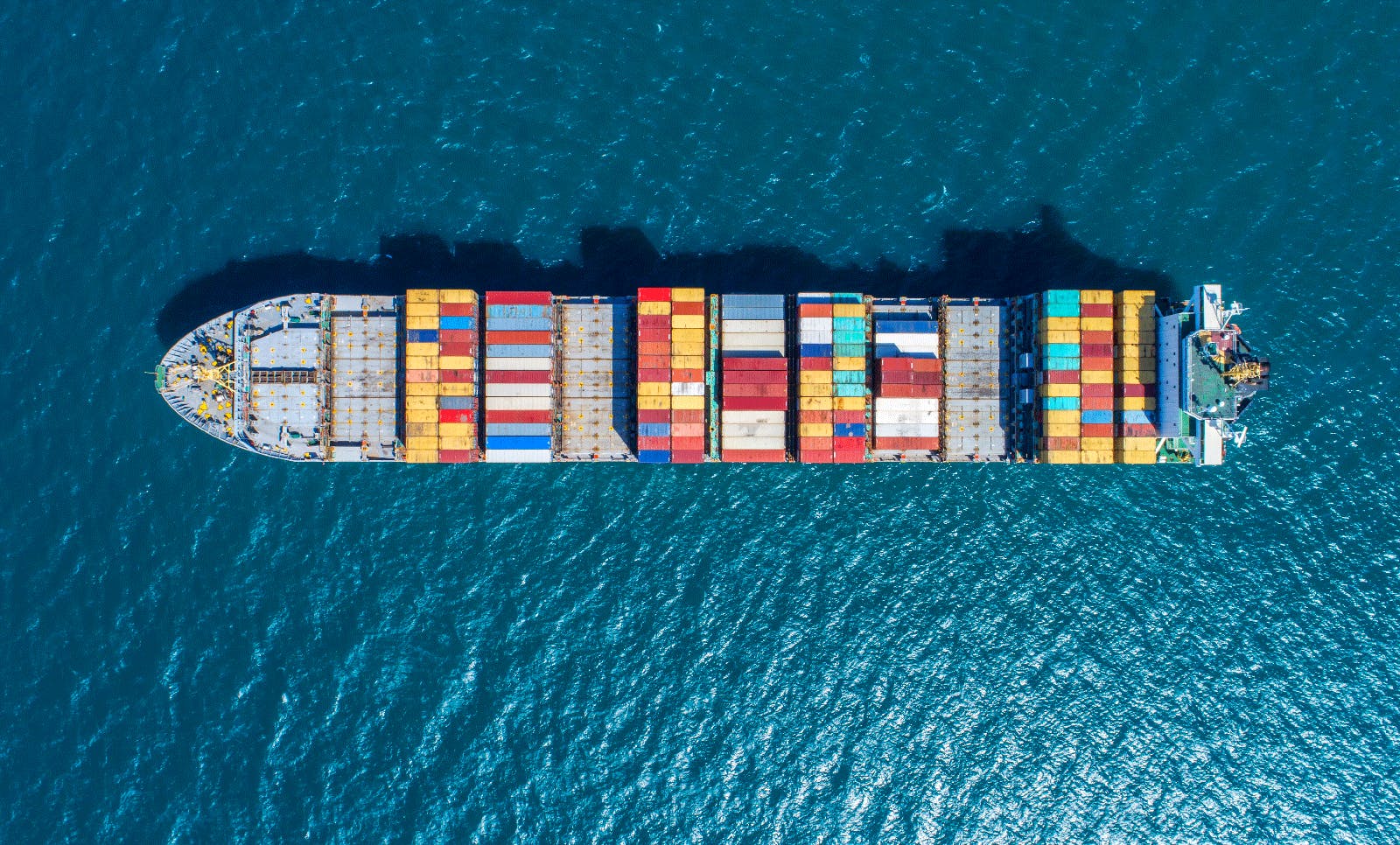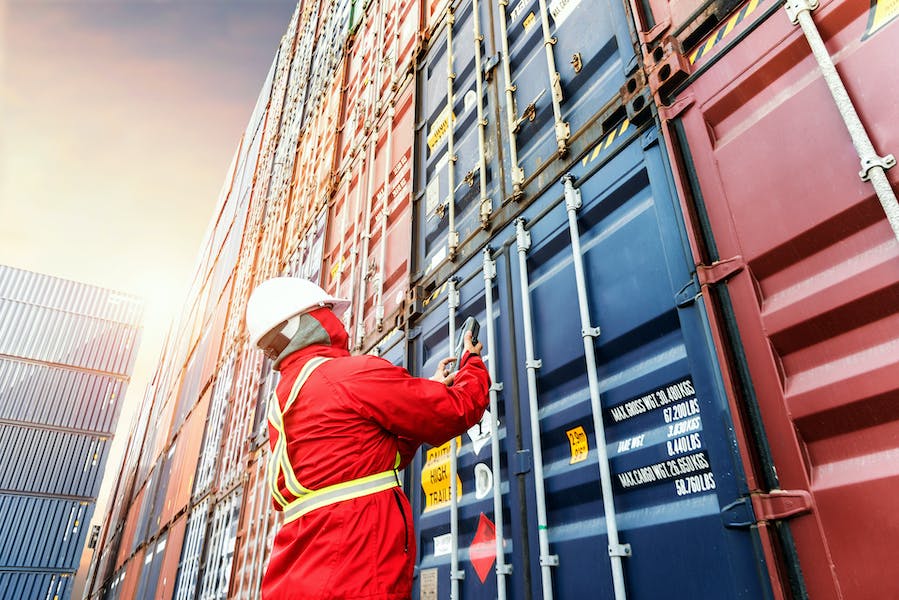Jan 14, 2026 Webinar | Global Supply Chain Architecture: Examining Red Sea’s Evolving Impact - Register Now

Supply chain 2023: 5 trends for shippers to watch out
After a year of capacity shortages, bottlenecks and changing freight rates, what does the next 12 months hold for shippers?
Here are five trends to be aware of and some actions to take for the year ahead…
1. Carrier rate volatility
Reduced demand and a rise in capacity are likely to mean a contraction in overall carrier rates, although this could vary according to the mode of transport.
The road transport industry, for instance, is still suffering from driver shortages, strikes, a shrinking supply of crucial spare parts for trucks and high fuel prices, which will hit costs.
In the ocean freight market, new vessels are expected to be launched in 2023 that could ease capacity at sea. In addition, the "unwinding of congestion" and a forecasted overall fall in demand could lead to a "trough in rates" in mid-2023, according to HSBC. Other carriers will be competing in this market as they upgrade vessels to meet CO2 regulations.
Meanwhile, traction electricity prices have increased by 300-1000% depending on the Member State throughout the European Union, according to the International Union for Road-Rail Combined Transport. This inflation will definitely have an impact on the rail freight rate also.

2. Supplier model rethink
As China focuses on shifting its economy from one dominated by manufacturing and exports to being led by technology and services, it is bringing in a legal and policy framework that will “fundamentally alter the landscape for foreign businesses,” according to consultancy Control Risks.
This is set to have ramifications on international supply chains. In particular, the ongoing trade-war between the US and China could ultimately radically transform the American imports landscape and be felt throughout global chains.
Deciding what steps to take to respond to any such shift will be most difficult to make for those that lack information about the performance of their carriers (see trend number 5).
3. Supply chain agility
Worldwide inflation and drop in spending is likely to lead to some easing of supply chain bottlenecks, however it does mean businesses face unpredictable levels of demand.
A report by the International Monetary Fund Global says global growth is forecast to slow from 6% in 2021 to 2.7% in 2023. “The cost-of-living crisis, tightening financial conditions in most regions, Russia’s invasion of Ukraine, and the lingering Covid-19 pandemic all weigh heavily on the outlook,” it said.
Inflation in Europe is expected to remain high in 2023. In November the European Commission said that while it anticipates that inflation will decline during 2023, it expects it to “remain high at 7.0% in the EU and 6.1% in the euro area, before moderating in 2024 to 3.0% and 2.6% respectively”.
Consumers are predicted to spend less overall, and in particular, less on durable products and more on services and experiences, with one forecaster anticipating that more of what is spent will be done so locally.
As a result, shippers will need to demonstrate better stock management and operate more agile supply chains to counter the challenges.
4. The need for carbon footprint calculation
From January, ocean vessels face mandatory new standards on carbon emissions set out by the International Maritime Organization (IMO). These requirements will rate the energy efficiency of vessels; necessitate ship-specific plans to improve energy efficiency; and calculate greenhouse gas emissions according to the amount of cargo carried and distance travelled in a year.

To meet the IMO 2023 regulations, some ships will have to reduce their speed - and will therefore offer less overall capacity - and/or invest in upgrades, such as conversion to run on biofuel.
Pressure to reduce Scope 3 emissions (indirect emissions that occur in a company’s value chain) is also casting a spotlight on the broader transportation and logistics sector, with the expectation that they will work to become greener.
Regulations require the supply chains to be decarbonized and customers require greater transparency so they can track and work to reduce emissions.
5. Digitalization and visibility as a must-have
Many in the transportation sector continue to use outdated processes to try to manage their supply chains, but there is a growing shift toward digitization.
There is an increasing appreciation of the need for and use of improved visibility and quality data with which to make quicker, more informed decisions.
Digitizing the collection of supply chain data, through the use of a real-time transport visibility platform enables businesses to run slicker, and more cost-effective supply chains.
As Dirk Holbach, chief supply chain officer for Henkel’s Laundry & Home Care business unit, advised in an interview earlier this year: “First, invest in visibility. Visibility means understanding at any point in time what’s going on in your extended supply chain. That is definitely a must, because without it you won’t know what to do.”